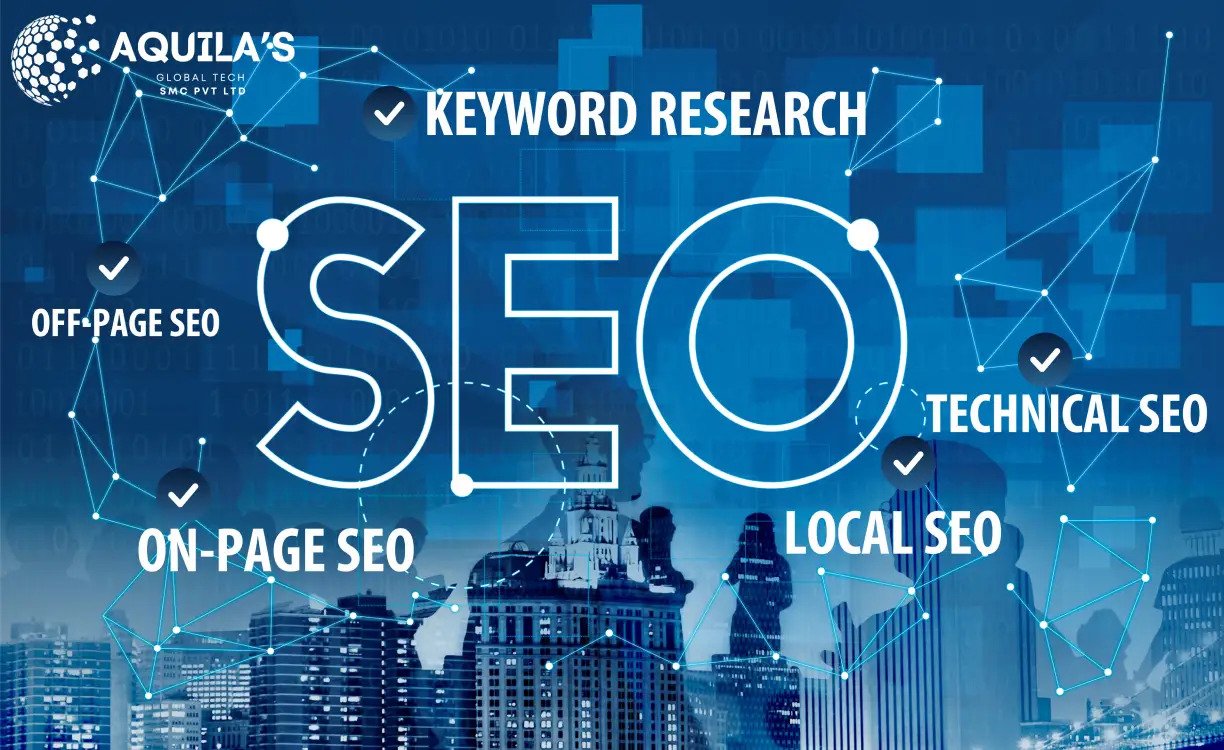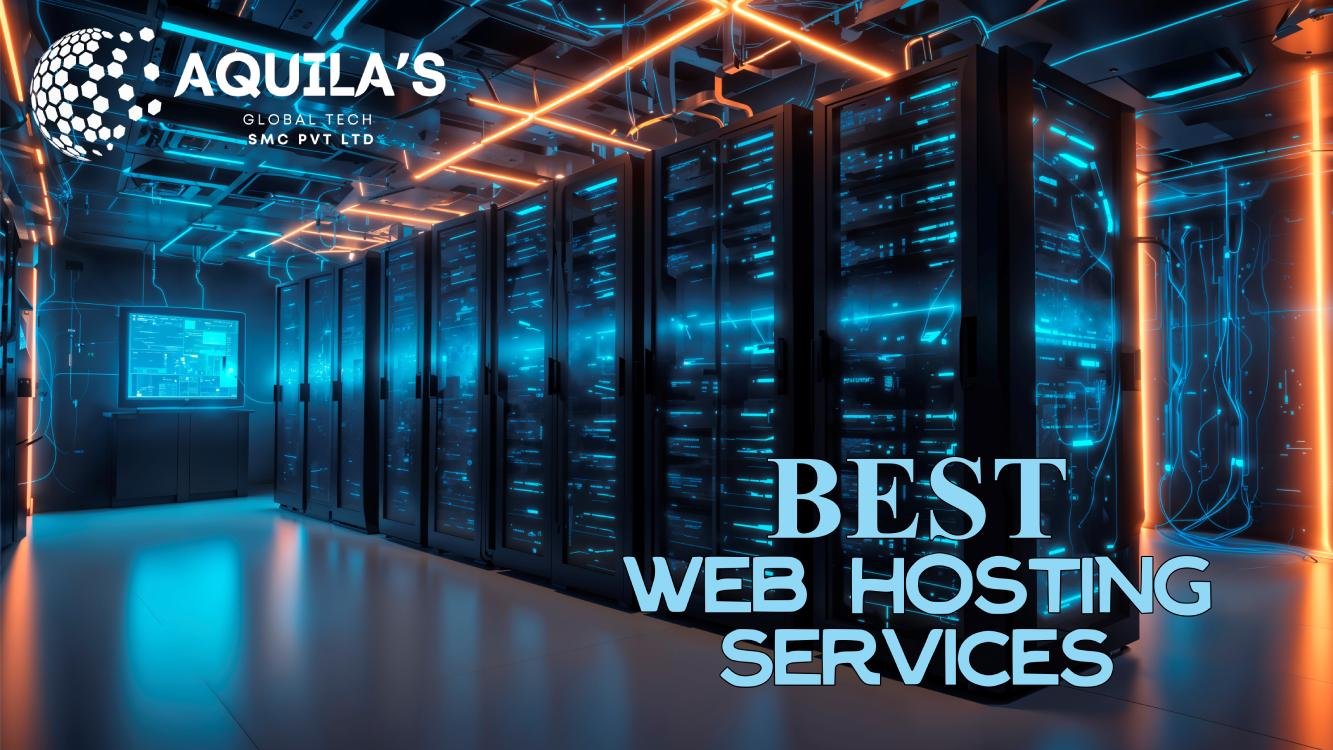The Internet of Things (IoT): Revolutionizing Smart Homes and Cities
The Internet of Things (IoT) is revolutionizing the way we live, interact with our surroundings, and manage our environments. IoT refers to the connection of everyday devices to the internet, enabling them to communicate, collect data, and improve efficiency. This interconnectedness is reshaping homes and cities, enhancing security, energy efficiency, and convenience. As more devices get connected, IoT is playing a pivotal role in transforming our daily lives and creating smarter, more sustainable environments.
IoT in Smart Homes
Smart homes are one of the most visible examples of IoT in action, leveraging interconnected devices to automate and streamline household functions. From voice-controlled smart assistants to energy-efficient appliances, IoT technology enhances the convenience and functionality of everyday living. Here are several key areas where IoT is transforming home living:
Home Automation
One of the most common applications of IoT in smart homes is home automation. Devices like Amazon Alexa, Google Home, and Apple HomeKit allow users to control various aspects of their homes with ease. Homeowners can adjust lighting, control thermostats, and even manage appliances remotely using voice commands or mobile apps. This automation not only offers convenience but also helps optimize energy consumption and improve overall comfort.
Enhanced Security
IoT has significantly upgraded home security. Smart locks, video doorbells, and motion sensors provide real-time surveillance, notifications, and remote access, ensuring that homeowners have complete control over the security of their property. For example, video doorbells like Ring allow users to see who is at their door in real-time, while smart locks enable remote door unlocking. Motion sensors detect intruders, triggering alerts that can be sent directly to homeowners’ smartphones, enhancing safety and peace of mind.
Energy Efficiency
IoT-powered smart thermostats and lighting systems help optimize energy use within homes. Devices like Nest Learning Thermostat and smart lighting systems adjust automatically based on occupancy and external conditions. For example, thermostats can sense when a room is unoccupied and reduce heating or cooling, saving both energy and money. This level of automation leads to a more sustainable and efficient home, reducing the household’s carbon footprint and utility bills.
Remote Monitoring
Another key benefit of IoT in smart homes is the ability to monitor and control devices remotely. Whether it’s adjusting the thermostat before coming home or checking security cameras while on vacation, IoT technology gives homeowners greater flexibility and control over their home environment, regardless of their location. This remote access ensures a more connected and efficient home experience.
IoT in Smart Cities
IoT is also making its mark in urban areas, transforming traditional cities into smart cities. These cities use interconnected devices to improve infrastructure, public services, and sustainability. Below are some of the ways IoT is contributing to smarter cities:
Smart Traffic Management
IoT-enabled traffic management systems use sensors and smart traffic signals to optimize traffic flow and reduce congestion. By monitoring traffic patterns in real-time, cities can adjust signal timings to ease congestion, improve road safety, and reduce travel times. Smart traffic solutions can also provide real-time updates to drivers, helping them avoid delays and accidents.
Efficient Waste Management
IoT is revolutionizing waste management by using smart bins equipped with sensors to notify waste collection services when bins are full and need to be emptied. This not only helps cities streamline their waste collection processes but also ensures that garbage is collected in a timely manner, leading to cleaner, more efficient urban environments. It also helps reduce unnecessary collection trips, saving time, fuel, and costs.
Public Safety and Security
Public safety and law enforcement benefit significantly from IoT. Surveillance systems powered by IoT cameras can provide real-time video feeds that help monitor public spaces. IoT technology can also support emergency response systems, enabling quicker detection of incidents and faster dispatch of emergency services. By connecting public safety systems to the internet, cities can improve responsiveness to emergencies and enhance overall security.
Smart Utilities
IoT technology helps cities optimize the use of utilities like water and electricity. Smart meters and sensors allow for real-time monitoring of energy and water consumption, helping to identify inefficiencies, reduce waste, and lower costs. These systems can also detect leaks and other issues in real-time, allowing for prompt repairs and reducing resource loss.
Environmental Monitoring
IoT sensors are used to monitor environmental factors such as air quality, noise levels, and weather conditions. This data helps city planners make informed decisions to improve public health and the quality of life for residents. For example, monitoring air quality in real-time can lead to better regulation of pollution levels, while noise sensors can be used to identify areas where noise pollution is a problem.
Challenges of IoT in Smart Homes and Cities
Despite its potential, IoT faces several challenges that need to be addressed for widespread adoption. Some of these include:
Data Security and Privacy
As IoT devices collect vast amounts of data about individuals’ habits, movements, and preferences, concerns about data security and privacy arise. The more devices that are connected to the internet, the higher the risk of hacking and unauthorized access. Ensuring robust security measures, including encryption and secure data storage, is crucial to protecting user privacy.
Infrastructure Costs
The implementation of IoT technology in both smart homes and cities requires substantial investment in infrastructure. While the benefits are clear, the cost of installing and maintaining IoT systems can be prohibitive, especially for large-scale urban projects. Governments and businesses must balance the need for innovation with the cost of these technologies.
Interoperability Issues
The IoT ecosystem includes devices from various manufacturers, each with different communication protocols. This lack of standardization can lead to compatibility issues between devices, making it challenging for smart homes and cities to operate seamlessly. Efforts to standardize IoT communication and promote interoperability will be key to the future success of these systems.
The Future of IoT
As IoT technology continues to evolve, the possibilities for smart homes and cities are endless. With advancements in artificial intelligence (AI), enhanced security protocols, and the rollout of 5G connectivity, IoT will become even more integral to our daily lives. Smart homes will become more intuitive, adapting to our behaviors and preferences, while smart cities will become more efficient, sustainable, and responsive to the needs of their citizens.
Conclusion
The Internet of Things is already having a profound impact on both smart homes and cities, enhancing convenience, security, and sustainability. As IoT technology advances, it will continue to reshape the way we live, work, and interact with our environments. While challenges remain, the potential benefits of IoT are too significant to ignore, and the future looks promising for both urban and home environments.vancements in IoT technology will ensure a more connected and optimized future for everyone.



